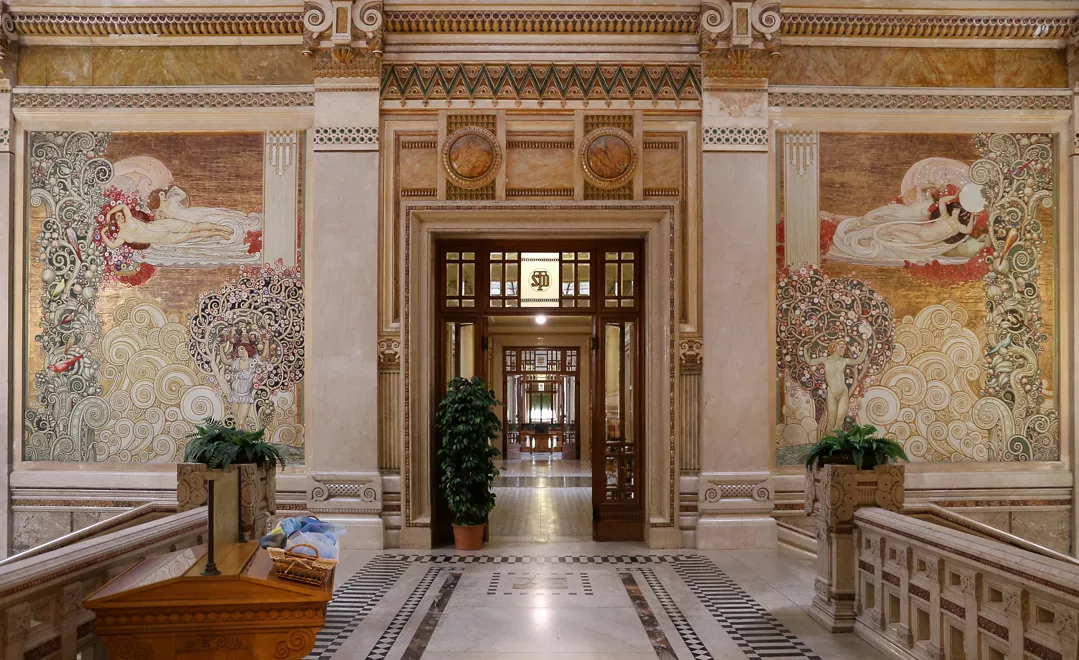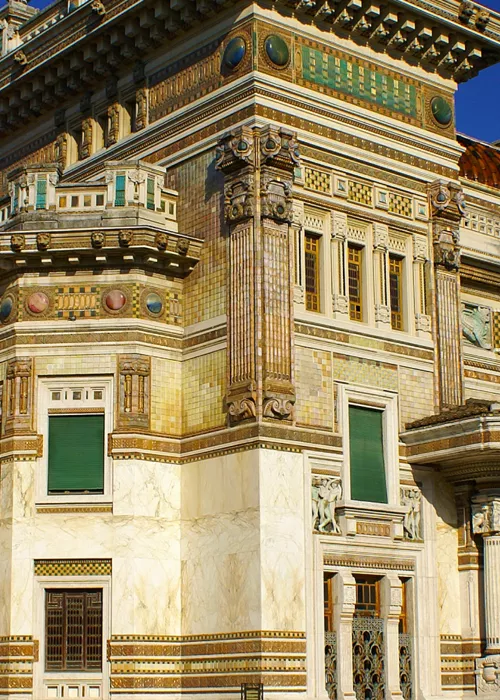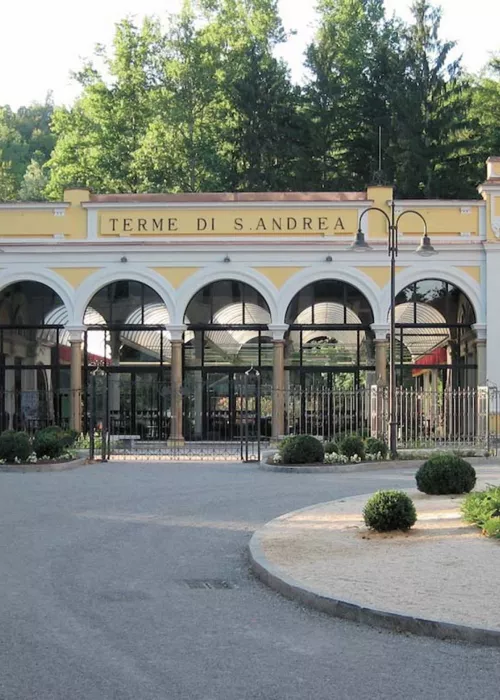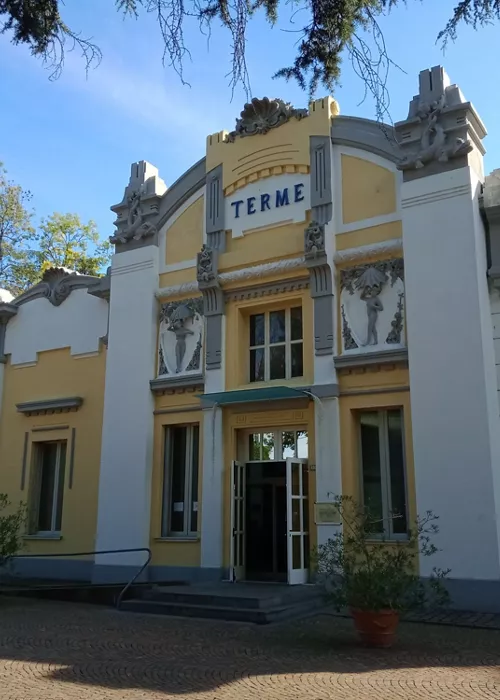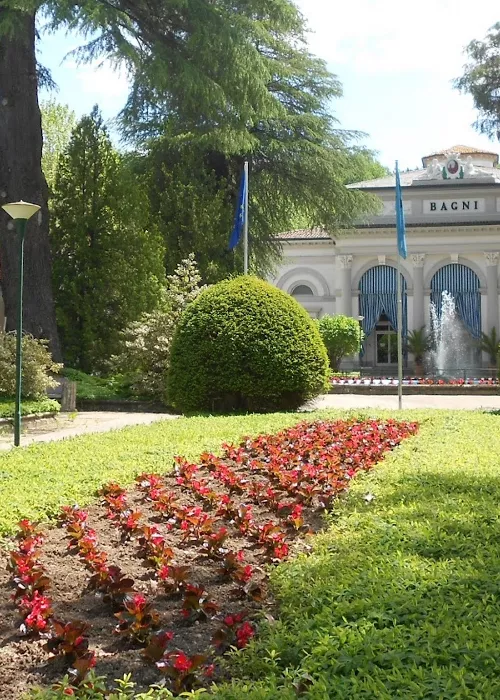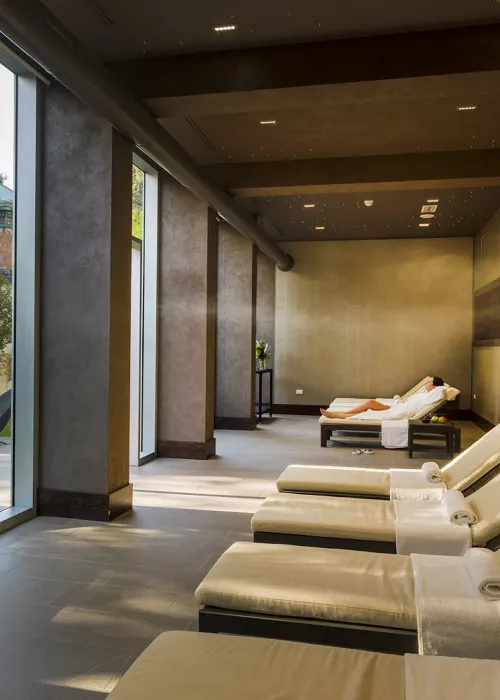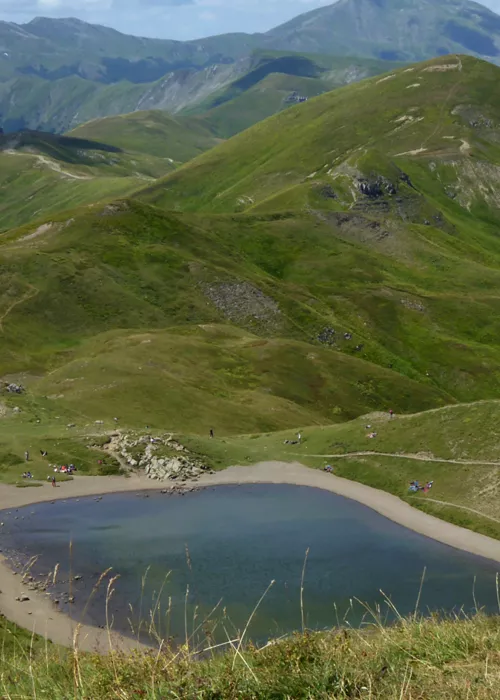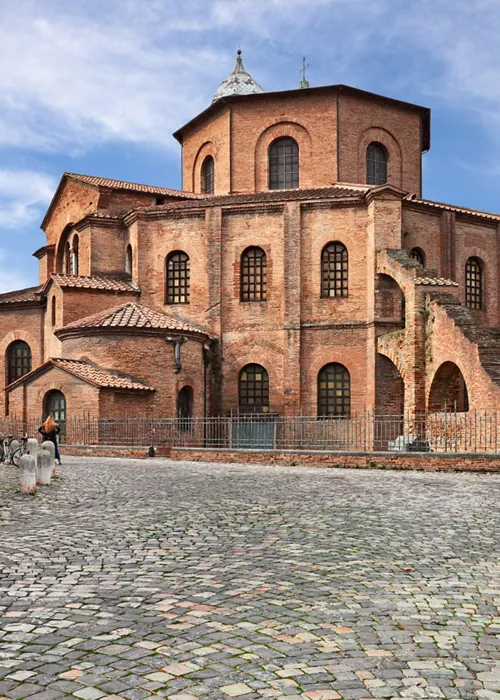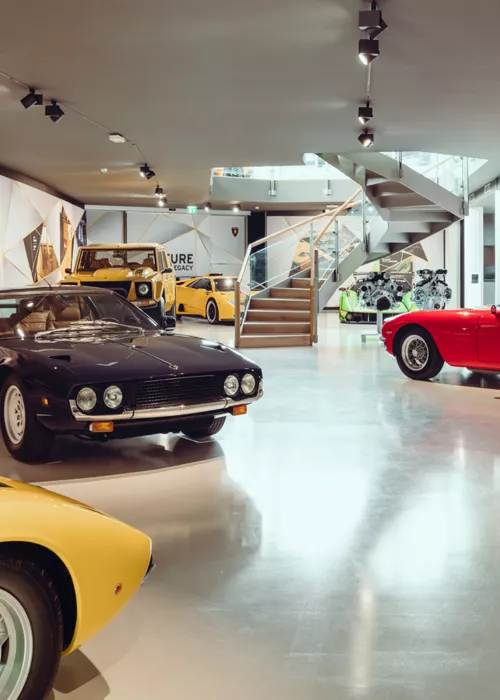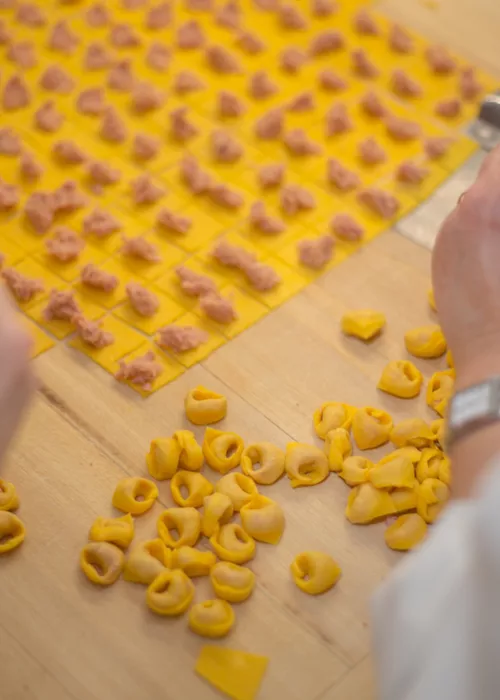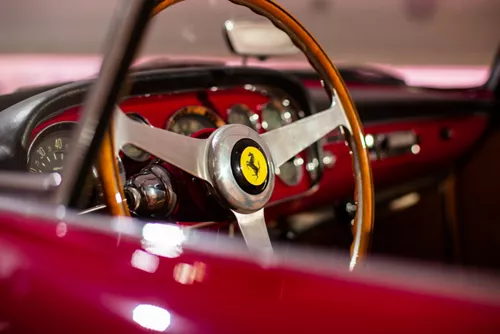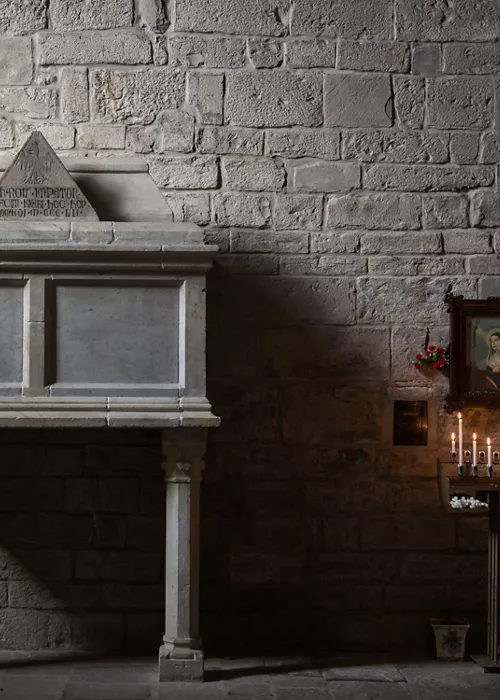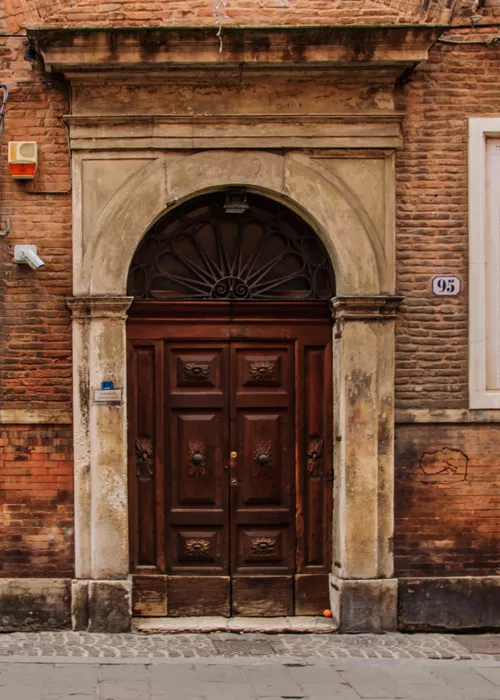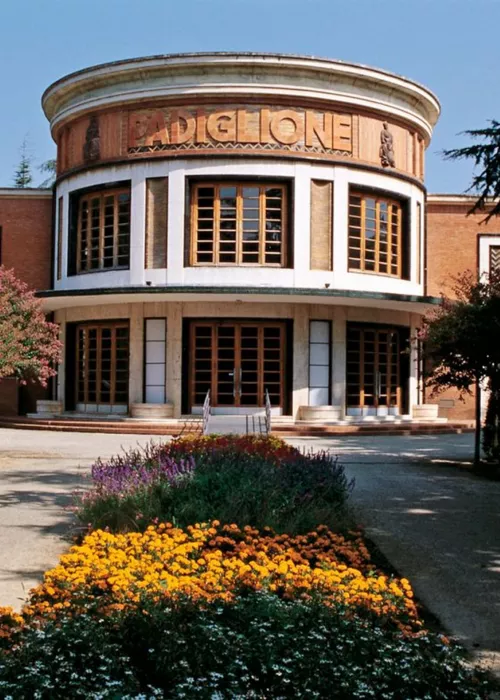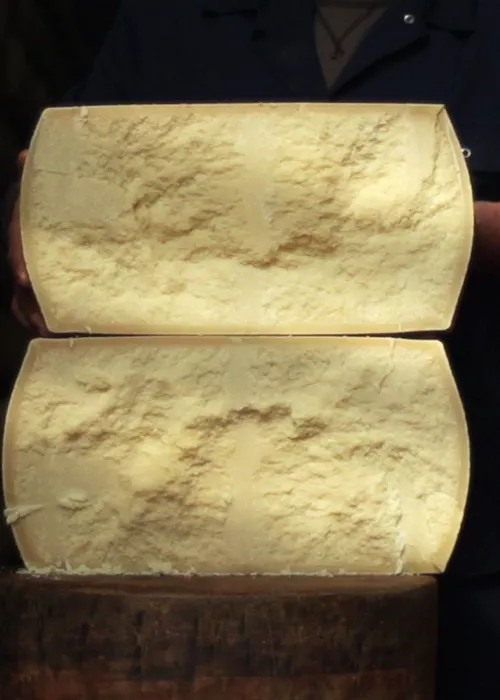Emilia Romagna: the heritage of historic spas
2 minutes
The custom of exploiting the healing properties of spa waters finds its roots in the past. This is why, starting in the 1800s, several establishments of immense artistic and architectural value began to be developed in the style of the time - and are still in business today! Here are 5 historic spas in Emilia Romagna.
Terme di Salsomaggiore
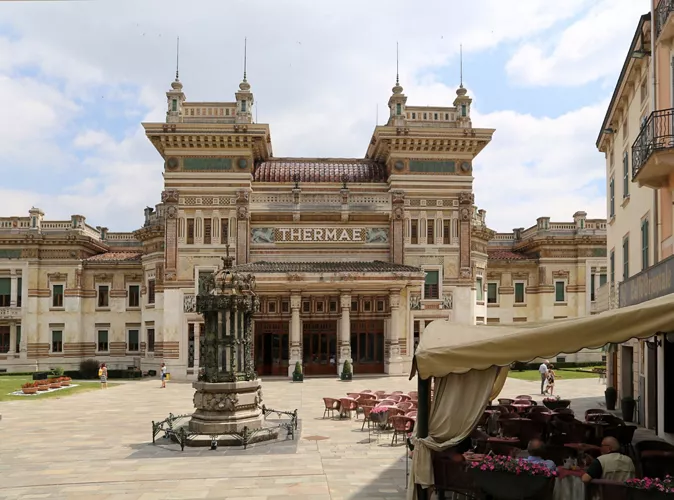
They are located inside a fascinating Liberty-style building - Palazzo Berzieri - in the town not far from Parma. Inaugurated in 1923, their magnificence comes from the touch of ceramist, painter and decorator Galileo Chini. He decorated the facade and interiors following the elegant stylistic features of Art Nouveau, adding various Oriental inspirations drawn from his stay in Bangkok at the court of the King of Siam.
Terme di Sant'Andrea
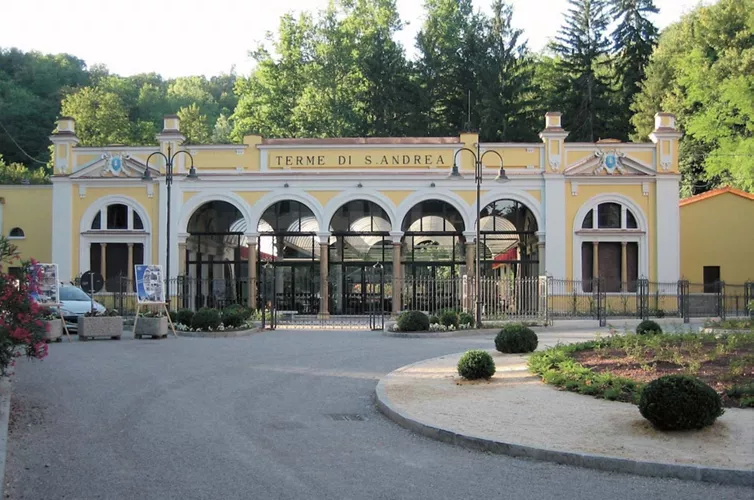
The spa was built at the end of the 1800s in Sant'Andrea Bagni, a village near Madesano, in the heart of the hills above Parma, following the accidental discovery of thermal water springs throughout the surrounding area. Although more recent than other spas, Sant'Andrea has become famous because it offers as many as eight different waters with different therapeutic actions.
Terme della Salvarola
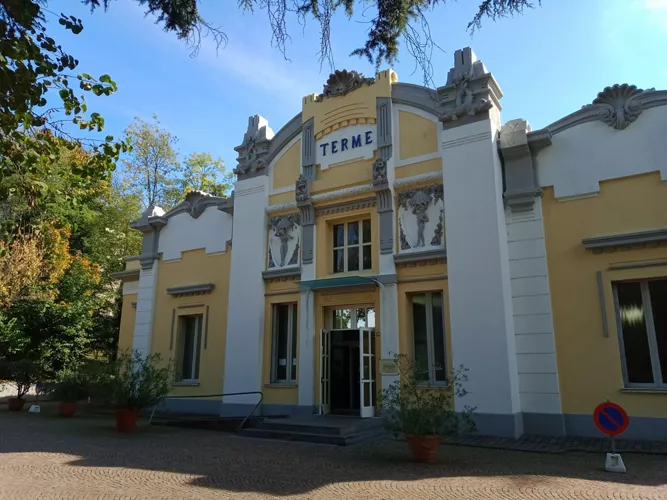
The thermal baths of Sassuolo have been known since the Middle Ages and it seems that even the Grand Countess Matilde di Canossa enjoyed visits to these ancient springs to benefit from their therapeutic properties. The name of these spa springs seems to be associated with the recognized capacity for cures and over time they became increasingly famous. However, it was only at the end of the 1800s that the first full-scale spa facility was set up. The elegant Liberty building that houses the Terme della Salvarola dates back to 1910. It is the only spa in the province of Modena.
Terme di Riolo spa
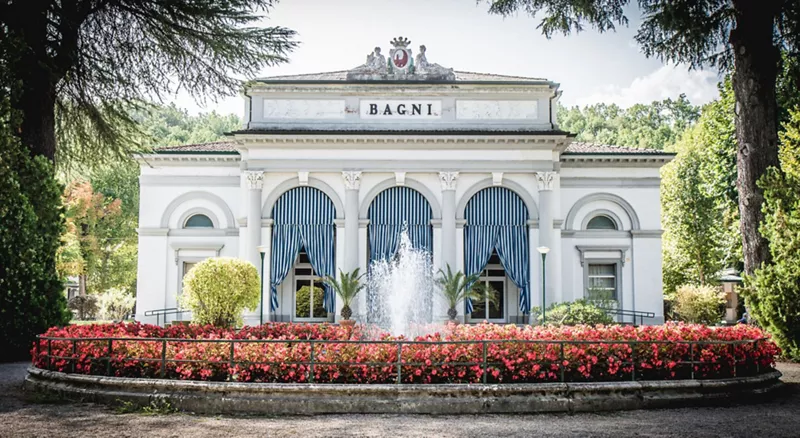
The health benefits of the spas waters of this small, hilltop village between Imola and Faenza have been known since the Renaissance for their healing properties. Illustrious personalities such as Lord Byron, Gioacchino Murat, the Bonaparte princes, Pellegrino Artusi and Giosué Carducci all made visits. The current building dates back to 1877, with elegant Art Nouveau pavilions still immersed in a spectacular centuries-old park.
Terme di Castrocaro
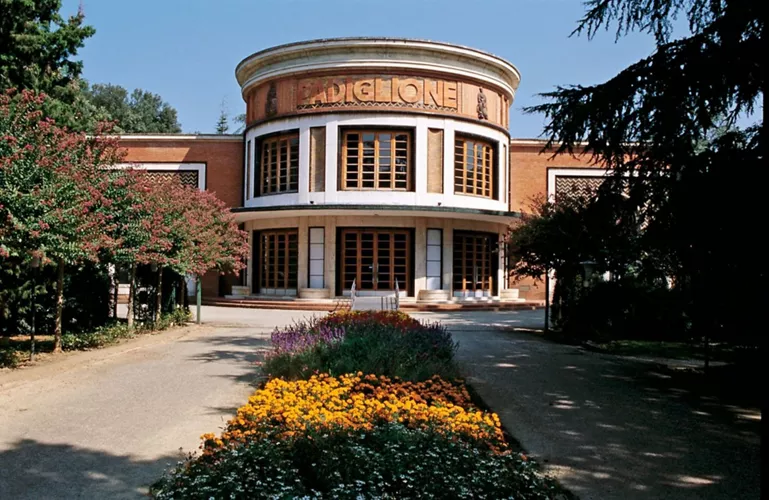
The discovery of the beneficial waters flowing through this small village, nestled in the hills above Forlì, dates back to 1838. They became so popular that a small spa centre was built only six years later. The building was extended in the early 1900s following the discovery of further springs. Architecture followed the typical Rationalist style of the times and the new venue was inaugurated in 1938. The grandiose Festival Pavilion, on the other hand, is pure Art Nouveau.

